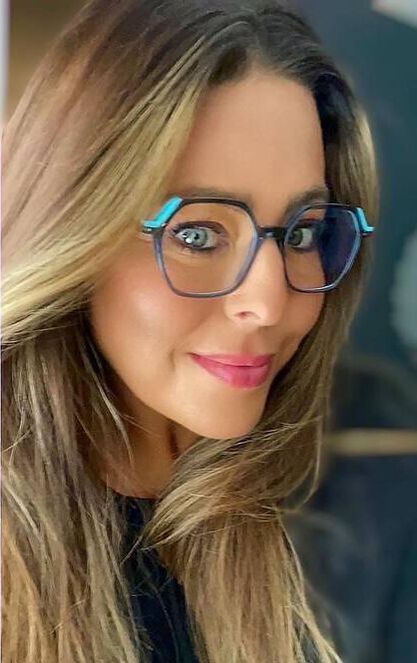Personal Frame Styling Consultations
|
Choosing the right frames (and lenses) to suit not only your face shape and complexion but also your personal style can be a tricky task, particularly given the extensive and varied range of frames available at our practice! Our experienced Dispensing Opticians are always on hand to help guide you during your visit, whether you’re looking for prescription glasses, sunglasses, or just a new fashion accessory, we will help you find the perfect pair of glasses to suit your needs.
We can now offer something a little more unique in the shape of a personal styling consultation to help guide you through the process of choosing new eyewear. We have teamed up with Sarah from The Exclusive Eyewear Agency to provide complimentary 1 to 1 styling appointments to find the perfect frame for you.
During your consultation she will first find out about your needs and preferences; advise you on the shape and style of frames that will suit you, and then show you the possibilities you could wear from a leading edge collection of eyewear. It’s relaxed and enjoyable, and there’s no obligation to buy at the end of it. Once you have chosen your frame, one of our qualified Dispensing Opticians will help you select the perfect lenses to complete your spectacles using the ImpressionIST video centration system & our DNEye scanner. These tools measure the way that your chosen frame fits you as well as your eye's anatomy to produce lenses with un-rivalled accuracy. |
Appointments are limited so contact the practice on 01253 853030 or book online HERE
